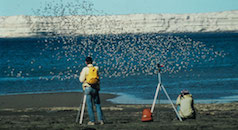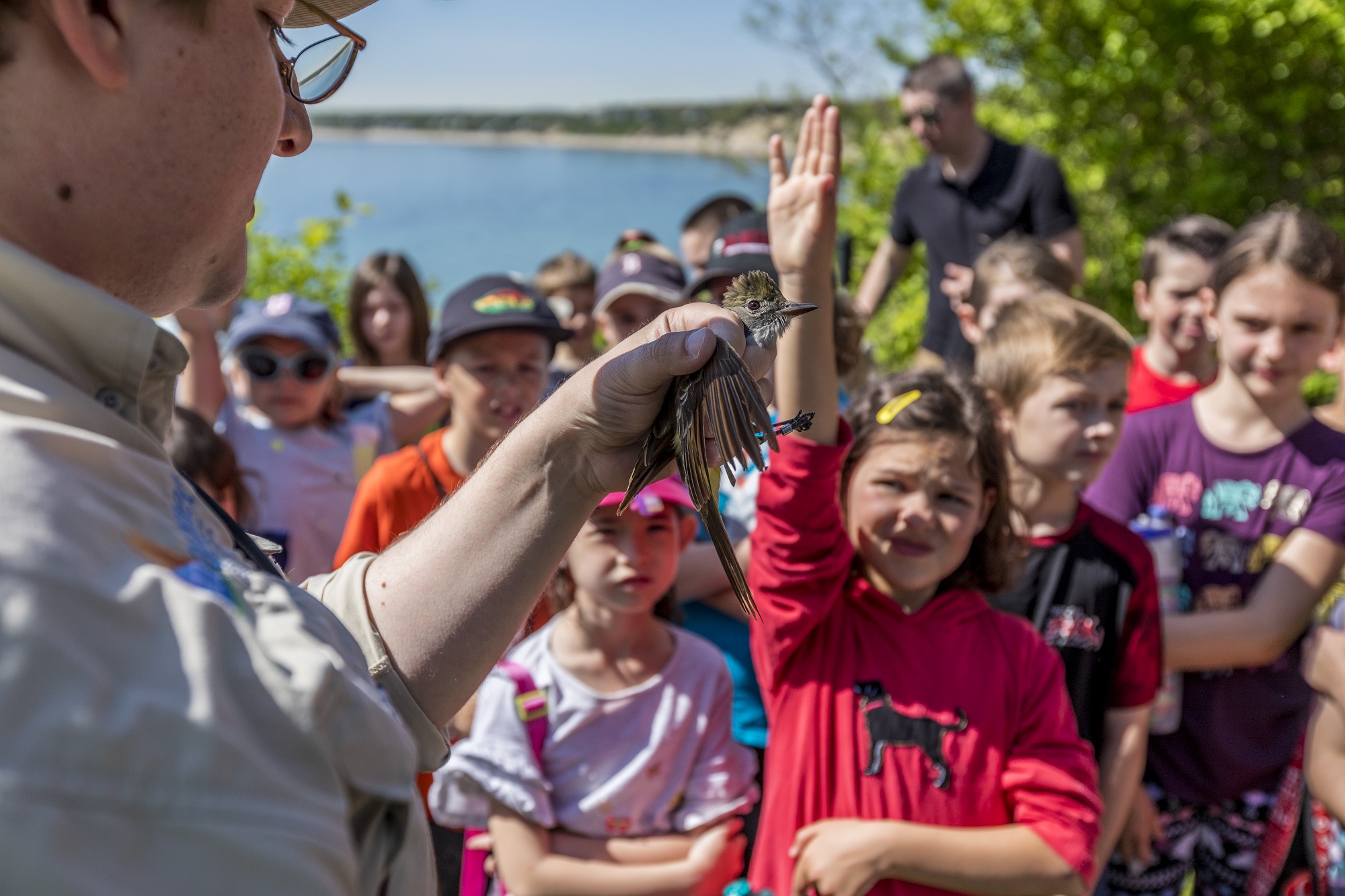Search Results

More butterflies and birds: Vulnerable species make gains
Eastern monarch butterflies doubled in population According to a new report, the butterflies occupied 4.42 acres in central Mexico’s forests over the winter, up from 2.22 acres the previous year – the second-lowest total recorded in three decades of data. These migrating pollinators need large forests for protection against weather, and scientists attribute this year’s growth to less severe drought along the route from Canada and the United States to Mexico. Why We Wrote This In our progress roundup, close monitoring is key to establishing improvement. While monarch butterflies this past winter doubled in Mexico over the previous year, the oystercatcher, a shorebird, has been recovering over a 15-year period because of focused efforts. Jorge Rickards, director general of World...
A partnership to protect Patagonia’s Magellanic Plover
Together with partners in Argentina and Chile, Manomet researchers are unraveling the mysteries of one of the rarest shorebirds in the world. By Laura Castañón At first glance, the vast landscape of the Patagonian steppe might seem empty, except for the occasional herd of grazing sheep. But the windswept grasslands in southern Argentina and Chile are home to many species, including the Magellanic Plover, one of the rarest shorebirds in the world. The Magellanic Plover is a small, plump bird with gray plumage, pink legs, and bright red eyes. In the Southern Hemisphere’s summer, from September to January, it nests in isolated pairs along the shores of shallow lakes and lagoons that dot the steppelands. In December of 2021, Manomet...
Max Hayes – U360 Alumni
NAME: Max Hayes U360 YEAR: 2018 - 2019 HOMETOWN: Atlanta, GA COLLEGE: Brandeis University GRADUATION YEAR & DEGREE(S): 2019 BA in Economics, minors in Environmental Studies, Anthropology, and Politics What have you been up to since completing U360, and what are you doing now? Since completing the U360 program, I graduated from Brandeis University and started my career in Washington, DC as a contractor for the US Energy Information Administration (EIA). As a Data Analyst for the EIA, I work with a diverse team of federal employees, contractors, and energy stakeholders to track, monitor, and analyze utility-scale electricity developments across the US. I have focused specifically on the pairing of renewable energy assets with batteries, as well as energy storage...
What does our 50 years of data about the Blackpoll Warbler tell us?
At a time redolent with concern about the decline of many bird species, particularly Neotropical migrants, we have a bright spot to report on this year: a recent increase in the number of fall Blackpoll Warblers captured at our banding station. This news is encouraging because numbers of Blackpoll Warblers have been in rapid decline over the past several decades. Statistically speaking, we have good samples of Blackpoll Warblers (BLPW to the banders); since 1966, the Banding Lab has processed 1,215 individuals in spring and 8,851 in fall. In fact, Blackpoll comes in just behind Yellow-rumped Warbler as our second most common warbler species (seventh most common species overall) banded at Manomet. We should pause here to remind ourselves that...



